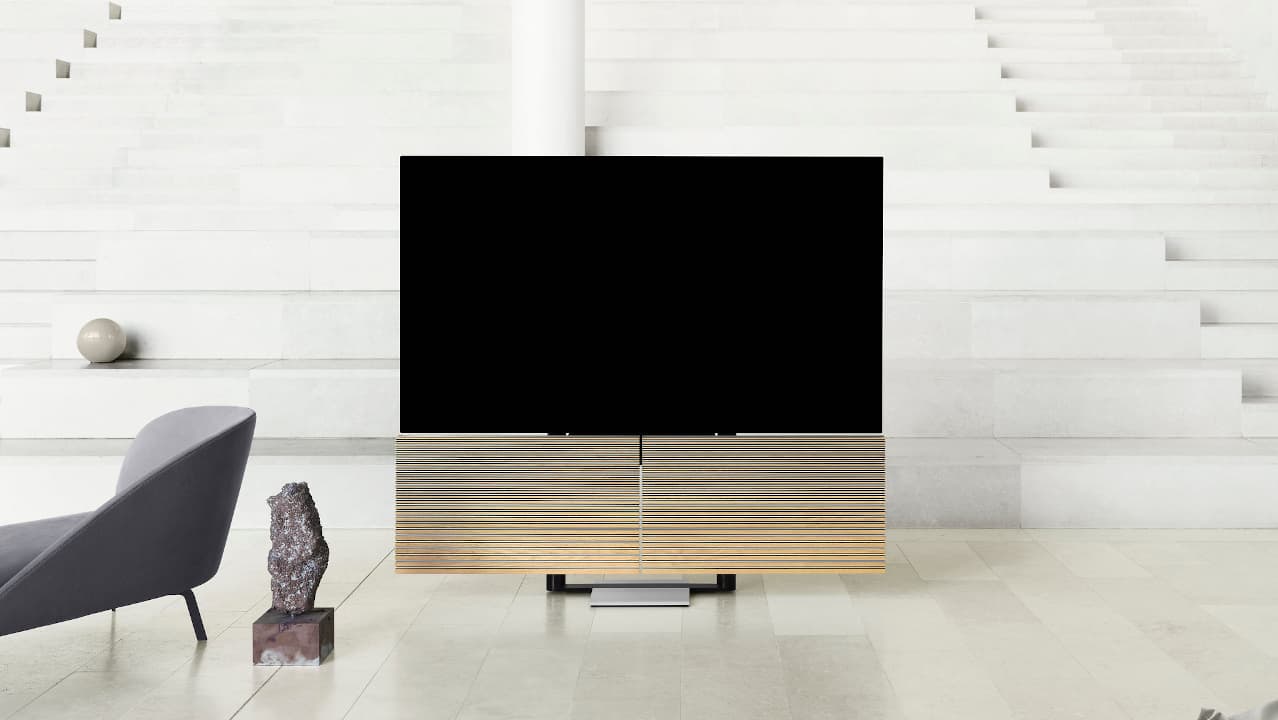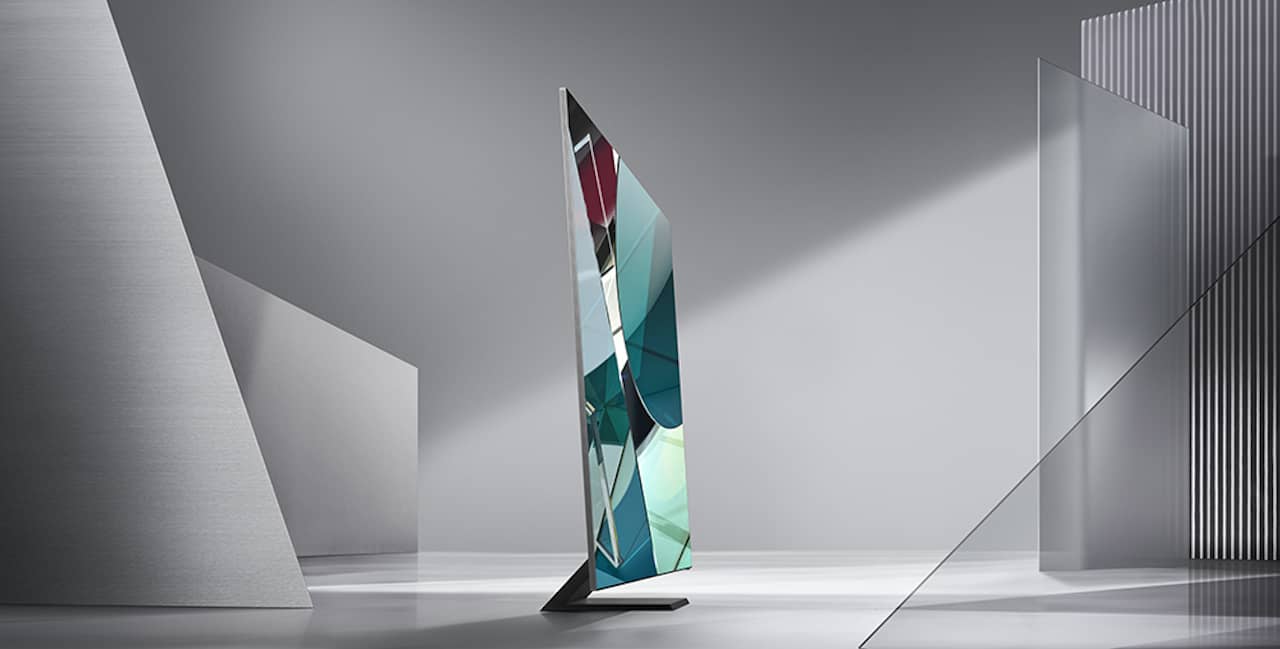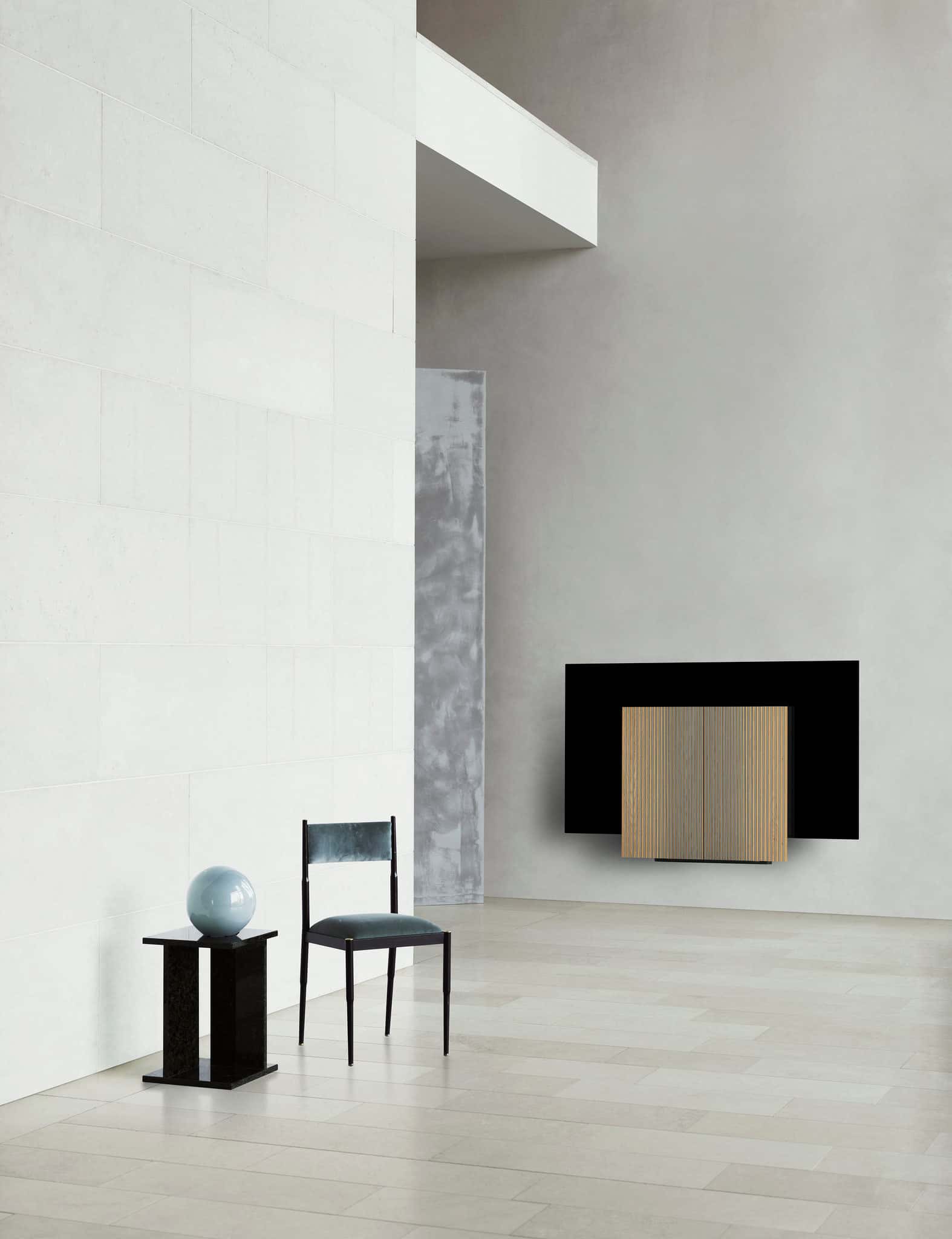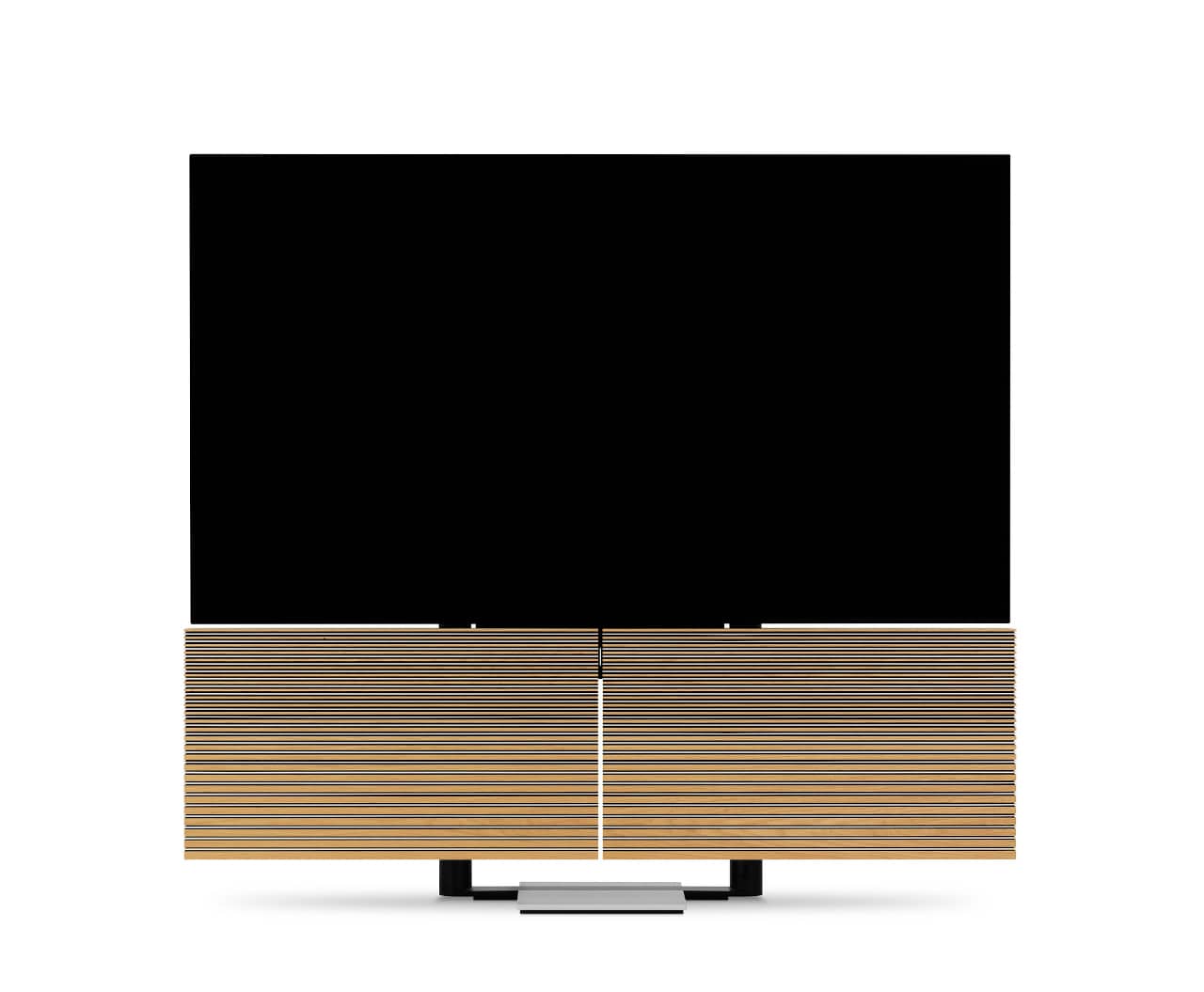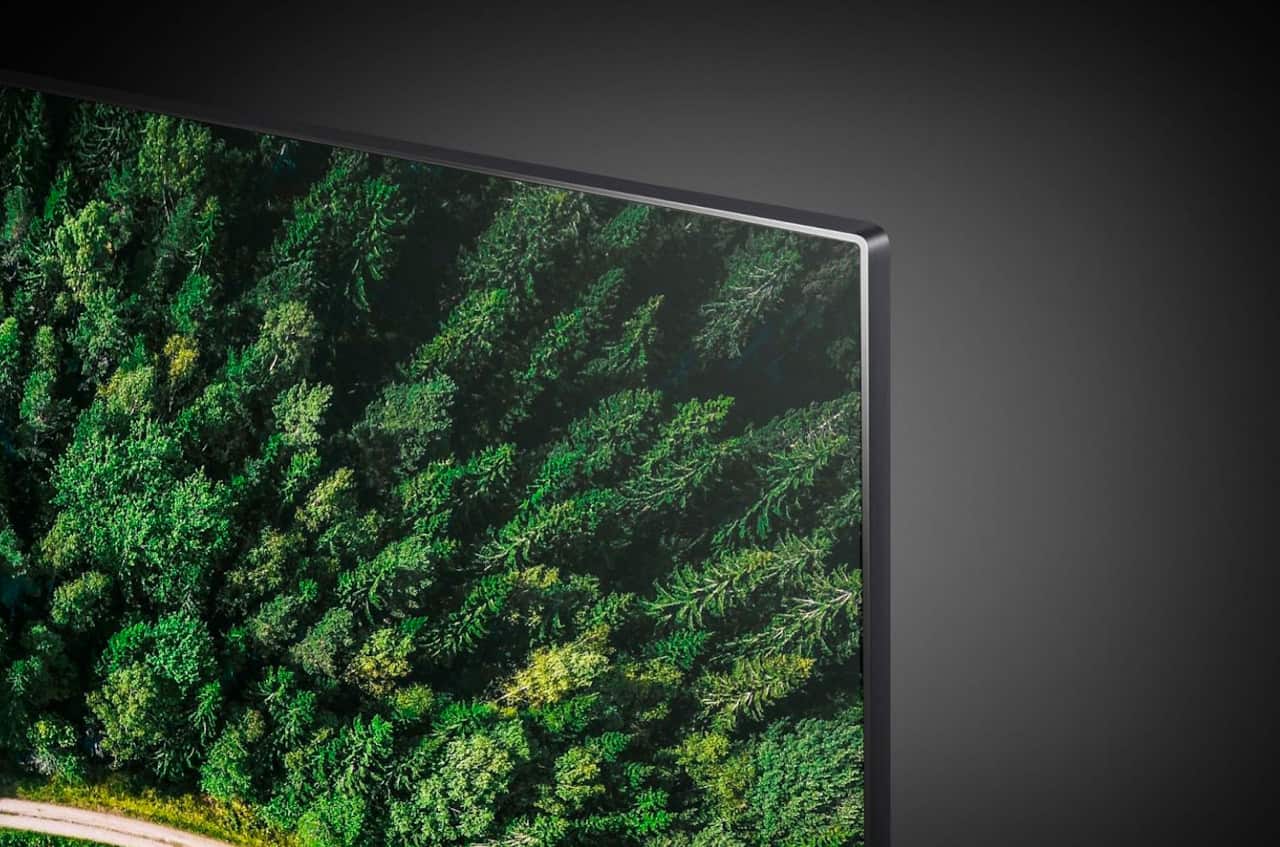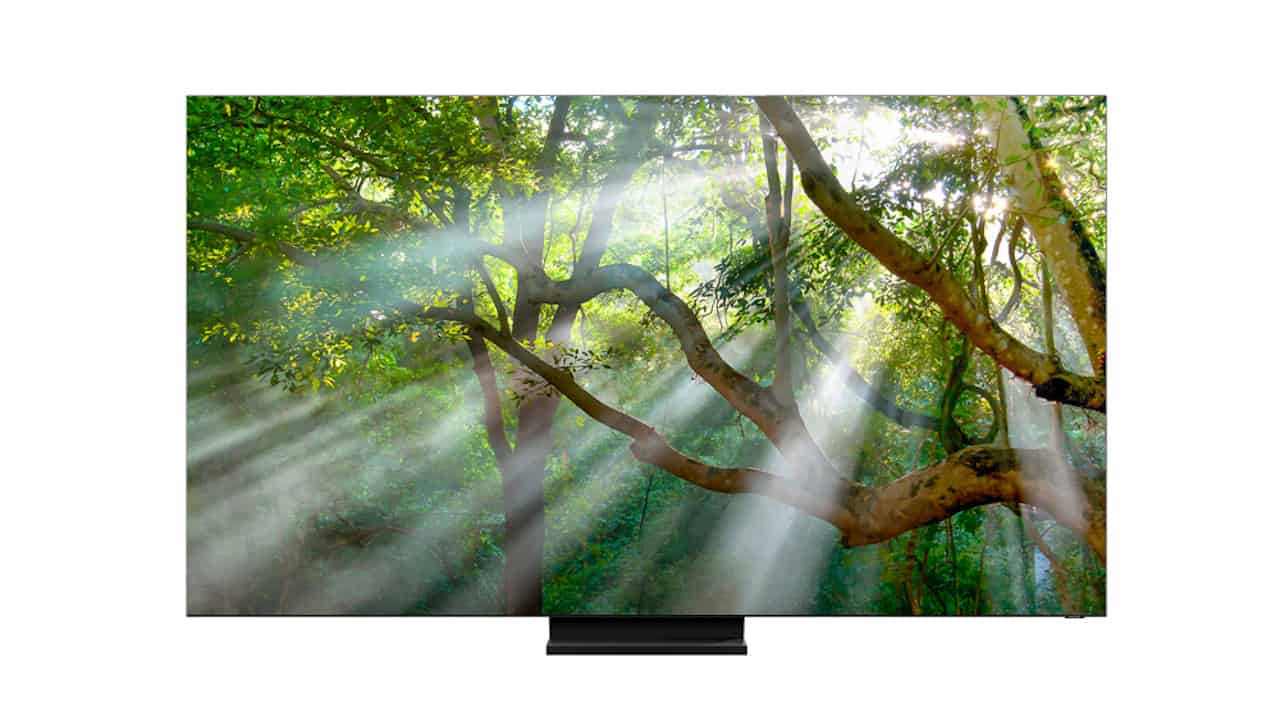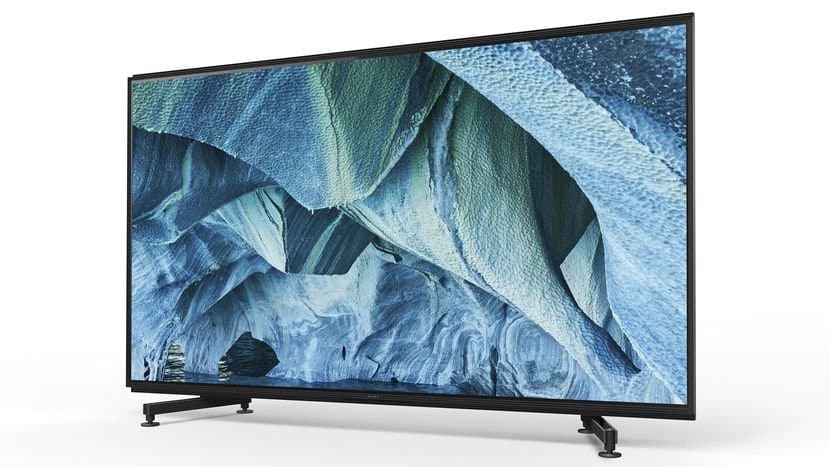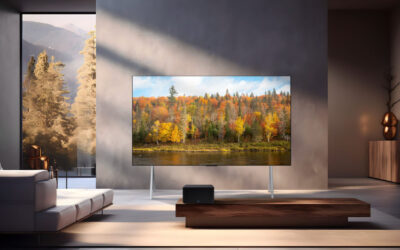A quick 8K TV crash course…
8k refers to the resolution of your TV. Wondering exactly what you’ll see on your TV screen at home?
Related: Home theatre system: The Arc vaults Sonos up into premium sound bar category
Resolution is the sharpness or the level of detail of the video picture, and it’s made up of pixels. There are millions of pixels in an 8K TV.
What will you notice on an 8K TV video screen?
Why is 8K TV called 8K? Similar to how 4K TV got its name, 8K or eight thousand is the number of horizontal pixels across the screen. Technically speaking, it’s TV industry shorthand that’s since evolved into an actual name for the technology.
What can I watch in 8K? Not much. Yet.
The truth is there’s not much being made in 8K right now. Replacing cameras and editing software is very expensive and producers aren’t looking to upgrade just yet, particularly since many consumers aren’t ready to adopt 8K yet. The content hole is partly why companies like Samsung developed their 8K TV with Artificial Intelligence upscaling.
Upscaling bridges the gap
Turn your TV into art
Should I upgrade to 8K now?

Erin Lawrence is a communications professional and freelance writer and content provider.
You’ll often find her writing about technology, consumer gadgets and home theatre for sites like Best Buy and TechGadgetsCanada.com .



